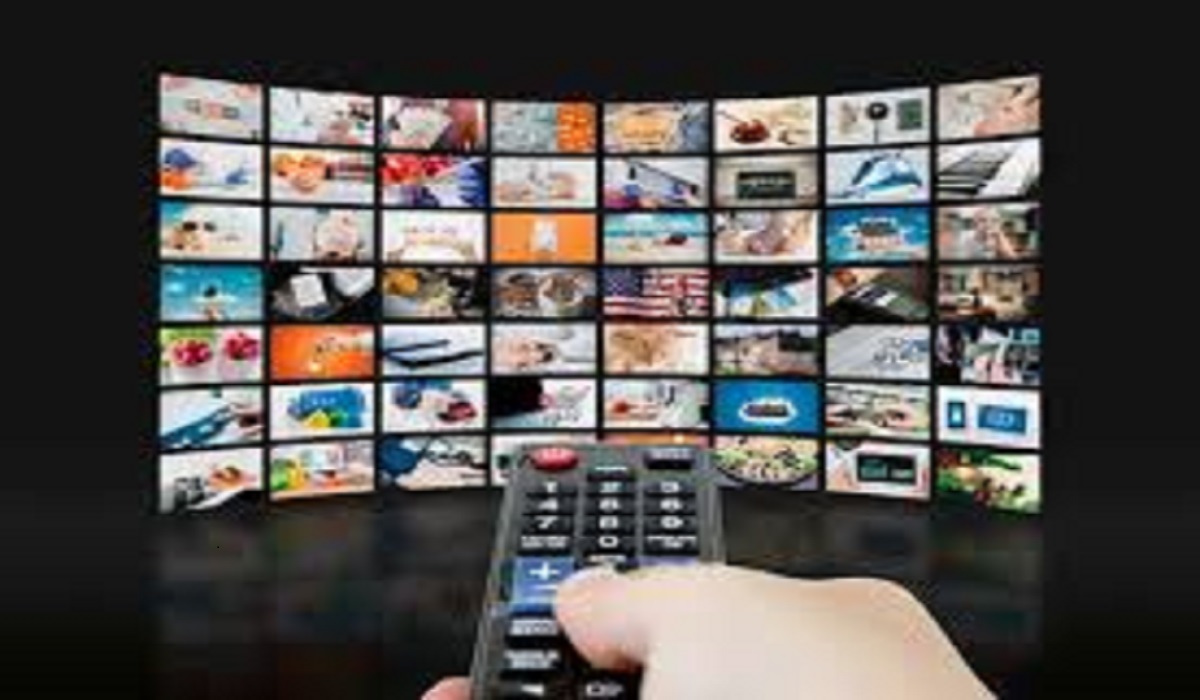Learn a Language by Watching TV
Learn a Language by Watching TV: Can you really learn a language just by watching TV? Many language learners wonder if binge-watching their favorite shows can replace traditional study methods. The answer is yes—but with the right approach!
In this comprehensive guide, we’ll explore:
- How TV can help you learn a language
- The best strategies for effective learning
- Real-life examples of successful learners
- Recommended shows and movies for different languages
- Common mistakes to avoid
By the end, you’ll know exactly how to turn your screen time into a powerful language-learning tool.
How Watching TV Helps You Learn a Language?
1. Improves Listening Skills
TV exposes you to natural speech patterns, accents, and colloquial phrases that textbooks often miss.
2. Expands Vocabulary
Hearing words in context helps you remember them better than rote memorization.
3. Teaches Cultural Nuances
Language isn’t just words—it’s culture. TV shows give insights into humor, slang, and social norms.
4. Enhances Pronunciation & Intonation
Mimicking native speakers improves your accent and fluency.
5. Makes Learning Fun & Engaging
Unlike rigid study sessions, TV keeps you motivated and immersed.
Best Strategies for Learning a Language Through TV
1. Use Subtitles Wisely
- Beginner? Start with subtitles in your native language.
- Intermediate? Switch to subtitles in the target language.
- Advanced? Try no subtitles at all!
2. Repeat & Shadow Dialogues
Pause and repeat phrases to practice pronunciation.
3. Keep a Vocabulary Notebook
Jot down new words and review them later.
4. Watch Short Clips First
Instead of full episodes, focus on short scenes to avoid overwhelm.
5. Choose the Right Content
Pick shows that match your level—kids’ shows for beginners, dramas for advanced learners.
Best TV Shows & Movies for Learning Popular Languages
ES Spanish
- Beginner: Extra en Español (sitcom for learners)
- Intermediate: La Casa de Papel (Money Heist)
- Advanced: El Laberinto del Fauno (Pan’s Labyrinth)
FR French
- Beginner: Lupin (thriller with clear dialogue)
- Intermediate: Emily in Paris (light & conversational)
- Advanced: Amélie (cult classic with fast speech)
DE German
- Beginner: Nicos Weg (educational series)
- Intermediate: Dark (sci-fi thriller)
- Advanced: Das Boot (historical drama)
JP Japanese
- Beginner: Terrace House (reality TV with natural speech)
- Intermediate: Attack on Titan (anime with clear dialogue)
- Advanced: Shin Godzilla (fast-paced political drama)
(Continue with more languages like Mandarin, Korean, Italian, etc.)
Common Mistakes to Avoid
❌ Passive Watching – Just hearing the language isn’t enough; engage actively.
❌ Choosing Overly Complex Shows – If you understand <30%, it’s too hard.
❌ Ignoring Repetition – Rewatch scenes to reinforce learning.
❌ Skipping Practice – TV helps, but speaking & writing are still essential.
Success Stories: People Who Learned Languages Through TV
- Luca (Italian → English) – Mastered English by watching Friends with subtitles.
- Maria (English → Spanish) – Improved fluency by binge-watching Narcos.
- Ken (Japanese → Korean) – Learned Korean through K-dramas like Squid Game.
FAQs
1. Can I really become fluent just by watching TV?
TV helps, but fluency requires speaking, writing, and grammar practice too.
2. Should I use subtitles in my language or the target language?
Start with native subtitles, then switch to target language subtitles as you improve.
3. How many hours of TV should I watch to learn a language?
Quality > quantity. 30-60 minutes of active watching daily is better than passive binge-watching.
4. Are cartoons or kids’ shows better for beginners?
Yes! They use simple language and clear pronunciation.
5. What’s the best streaming platform for language learning?
Netflix, YouTube, and Disney+ offer great language options with subtitles.
Final Thoughts
Watching TV can be a powerful tool for language learning—if done correctly. Combine it with speaking practice, vocabulary drills, and grammar study for the best results.
